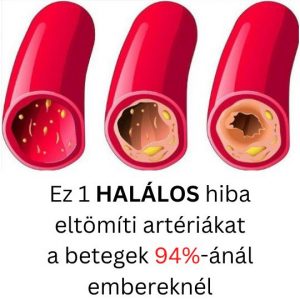Symptoms
You may not know there's something wrong with your blood vessel until you have a heart attack. This is often the first sign of SCAD. So signs of this problem are often like those of a heart attack and can include:- Chest pain
- A quick heartbeat
- Shortness of breath
- Feeling very tired
- Sweating
- Dizziness
- Feeling sick to your stomach
- Pain in your arm, shoulder, or jaw
Who Is at Risk
SCAD mainly affects young, healthy women who aren't typically at risk for heart disease. This problem can happen to men, too, but it's much more common in women. You may be at greater risk for SCAD if you:- Have given birth not long ago
- Often do very intense exercise
- Have very high blood pressure
- Have problems with your blood vessels (like fibromuscular dysplasia)
- Have an inflammatory condition (like lupus)
- Are under serious stress after something like the sudden death of a loved one
- Have a genetic disease that affects your connective tissues, like Marfan syndrome
- Regularly do illegal drugs, like cocaine
How It Happens
When the inner layers of the wall of your coronary artery begin to buckle or tear, the blood that's moving through it gets caught in pockets made by the damage. This causes the blood vessel to bulge and clog, which makes it hard for blood to pass through. If only a small amount of blood can squeeze through the blood vessel, you may feel serious chest pain. If no blood can pass through to your heart, SCAD can cause a heart attack. Doctors don't know why the insides of the blood vessels begin to tear or shred this way in some people.Treatment
If you're being treated for SCAD, it's likely that you've just had a heart attack. The goal is to get blood pumping to your heart again and to let your torn blood vessel heal. Drugs: Once blood is flowing to your heart, your doctor probably will want to let your damaged blood vessel heal on its own. To help this along, they may give you one or more medications, such as:- Aspirin or other blood thinners to prevent clots
- Medicine to keep you blood pressure stable
- Drugs to relieve chest pain
- Medication to lower your cholesterol levels







